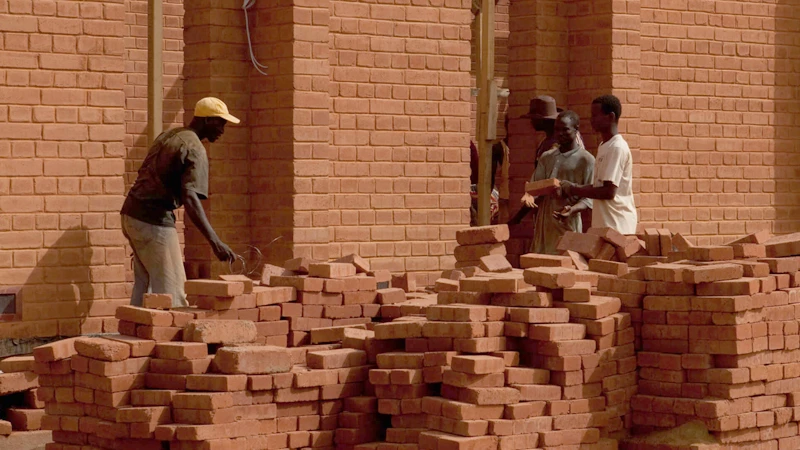Building in Africa with Francis Kéré

Photo: Ibai Rigby
It didn’t surprise me when the Pritzker Architecture Prize announced its latest laureate. After all, the so-called Nobel Prize of architecture has a history of alternating between global media darlings, such as Philip Johnson or Rem Koolhaas, and more regional characters, like Glenn Murcutt or Sverre Fehn. There has been no lack of African candidates who have deserved the award during its 43-year history. The influence of Egyptian architect Hassan Fathy (1900–89) on contemporary alternative practices has yet to be fully recognized, and David Adjaye has been a runner-up on several occasions. The architectural establishment has been endeavoring to redeem the profession from its role in the excesses that led to the Great Recession of 2008, an attempt epitomized by Andres Lepik’s 2010 MoMA exhibition Small Scale, Big Change, which focused on projects for underserved communities. There is a high probability that future Pritzker juries will pick candidates from those who participated in that exhibition. Out of the 12 architects presented in the show, three have already been selected, including this year’s winner, Diébédo Francis Kéré.
This is not the first time Western architects have turned their eyes toward Africa in times of crisis. British critic Reyner Banham (1922–88), for example, believed architects were ignoring the rampant technological progress of his day. As a provocation, his book The Architecture of the Well-Tempered Environment (1969) imagined environmental management replacing the human need for shelter and drew influence from African constructions. For an audience accustomed to the images of Edward Steichen’s exhibition The Family of Man (1955) and Bernard Rudofsky’s Architecture without Architects (1964), examples of “outsider architecture” were plentiful...
The Architect's Newspaper: Someplace Old, Someone New



